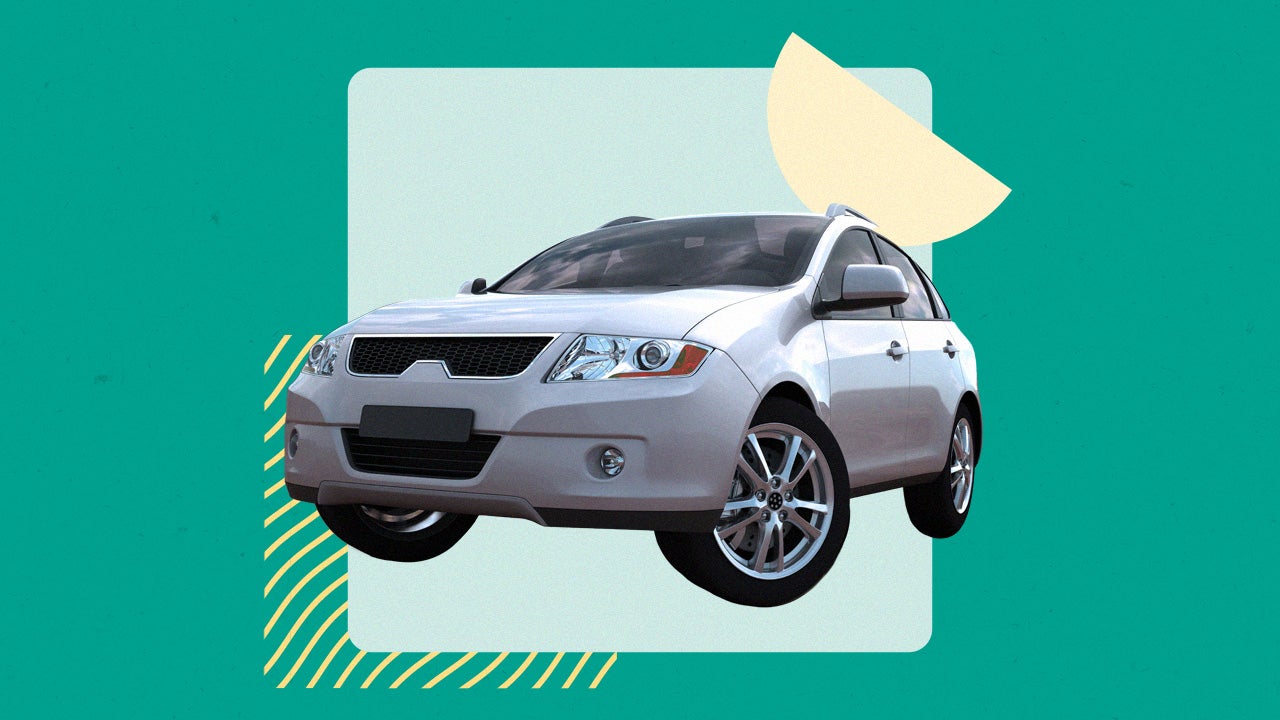How to get a lower car payment: The 6 best strategies

Key takeaways
- Renegotiating your loan terms, refinancing or making extra payments can help lower your car payment.
- You can also sell your current car and buy one with a more budget-friendly payment, but watch out for high interest rates.
- Before you buy, shop around and save for a large down payment to keep your car payment low.
- If you decide to swap your current ride for a new one, save for a large down payment and shop around to keep your car payment low.
If your car payment is draining your budget, you’re not alone. The average car payment for Americans is about $500 for used cars and just under $750 a month for new cars. That said, a good portion — about 20 percent — of drivers who financed a new car in the second quarter of 2025 committed to a monthly payment of $1,000 or more, according to data from Edmunds.
You can and should negotiate every aspect of a car purchase, including your financing, to get an affordable monthly payment. But if you’ve already bought a car, there are multiple ways to lower your car payment.
1. Refinance your car loan
There are two ways refinancing your car loan can help lower your monthly payment: qualifying for a lower interest rate or extending your current loan term.
You can find low auto loan refinancing rates through a variety of lenders. The rate you qualify for will depend on your current vehicle, credit score and other financial details. As long as you choose the same loan term — or shorter — as what remains on your current loan, you should walk away with a lower monthly payment.
You are also able to refinance and choose a longer term, but it will cost you. The longer you take to pay back your loan, the more you will pay in interest. Extending your loan term can reduce your monthly payment. You’ll just need to be prepared to pay more overall.

Pros
- More affordable monthly payments with a lower rate or longer term.
- Potentially keep the same loan term.
- Get a lower interest rate if you qualify.

Cons
- Higher borrowing costs over time if you extend the loan term.
- Good or excellent credit may be required to secure a lower rate.
- Refinancing may come with fees.
2. Renegotiate your loan terms
Lenders often allow you to defer a payment when you’re facing financial hardship and can’t afford your car payment. This can take the pressure off for a month or two, but interest continues to accrue during the deferment period, so your loan balance may rise.
You can also request a car loan modification. The lender may be willing to extend your term — which means paying more interest — or reduce your interest rate. The latter is better for saving you money over the loan term, although it may be difficult to qualify for a lower rate if you don’t have good credit.

Pros
- Potentially skip a payment in the short term with a deferral.
- Car loan modification can make your monthly payments more manageable.
- Credit check may not be required to renegotiate loan terms.

Cons
- Car loan modification can mean higher borrowing costs.
- Deferred payment is added to the end of the loan.
- Interest continues to accrue during the deferral period.
3. Sell or trade in your car
Assuming you’re not upside-down on your car loan — or owe more than what it’s worth — trading in your car for a less expensive one could be sensible. The difference between the trade-in value and what is owed on your current loan will lower the amount you need to borrow, and that could lead to a lower monthly payment.
If you want to earn even more for your ride, consider selling it privately. You will need time and patience, but you could maximize your cost savings since private sales generally mean more money in the seller’s pocket. In turn, you will have more to put down on your new car purchase. Keep in mind that selling a car with a lien on it can be complicated. Talk to your lender to make sure you aren’t violating the terms of your contract before you get started.

Pros
- Trading your vehicle is a seamless process.
- Trade-in value can automatically be applied as a down payment.
- Private sales can be lucrative and net you a larger down payment.

Cons
- Dealership may offer far less for your trade than it’s worth.
- Selling to a private buyer can be time-consuming.
- Car liens can make selling or trading a vehicle more challenging.
4. Make extra payments when possible
Getting ahead on your car loan will help lower future monthly payments — or skip them entirely. While many lenders apply extra payments only to interest, you may be able to request yours go directly to the principal. That said, if you’re already having difficulty making the payment, you may think paying more isn’t possible.
Ask your lender about making biweekly payments. Making half your car payment biweekly instead of the total payment monthly can help you pay off your car loan quicker. You can also use funds like gift money or your annual tax refund to pay more on your car loan. Both of those suggestions will help reduce the total amount you owe.

Pros
- Save on borrowing costs by paying the loan off sooner.
- Lowers your principal balance faster.
- Biweekly payments mean an extra monthly payment annually.

Cons
- Tightens budget if your car payments are on the higher end.
- Relief from monthly payments could take months or even years.
- Prepayment penalties may apply.
5. Switch your insurance
Car insurance premiums aren’t technically a part of your monthly auto loan payments, but depending on the price you pay for coverage, you could find yourself spending far more than you bargained for to legally keep your vehicle on the road. It is often worth shopping around to determine if there’s a more affordable auto insurance policy out there. You may find a better deal for the same level of coverage with a different provider, and you can inquire about discounts that could make switching even more worthwhile.

Pros
- Potentially lower auto insurance premiums.
- Access to more lucrative discounts, if available.
- Customer service could be better.

Cons
- Early termination penalties may apply.
- Potential loss of loyalty benefits.
- Searching for a new provider could be time-consuming.
6. Switch to leasing
If your current lender won’t budge or you can’t find a used vehicle within your budget, leasing may be the solution to your problem. While leasing has drawbacks, it tends to cost less each month than buying. If you choose to lease, pay close attention to leasing restrictions to ensure you don’t get stuck with extra fees.
The main long-term drawback of leasing is the lack of return value. When you own a car, you can sell it at any time to potentially recoup your losses. With a lease, you will be stuck making a new deposit on a different car every two to four years. You’ll spend less month-to-month, but it’s an expensive way to lower your car payment.

Pros
- Lower monthly payments.
- Ability to switch vehicles every few years.
- No down payment necessary.

Cons
- Higher long-term costs than auto loans.
- Additional fees at lease end.
- More complicated contract with stricter terms.
Bottom line
A car payment should ideally take up less than 15 percent of your take-home pay. Refinancing or renegotiating are two of the best solutions to get a lower car payment that fits your budget, but switching to a more modest vehicle or a different car insurance provider are also options is also an option that can put more money in your pocket.
Why we ask for feedback Your feedback helps us improve our content and services. It takes less than a minute to complete.
Your responses are anonymous and will only be used for improving our website.
You may also like

How to refinance your car loan

How to save on car insurance: 7 ways to lower your rate

How to save cash on dealership car loans

6 steps to get the best auto loan rates



